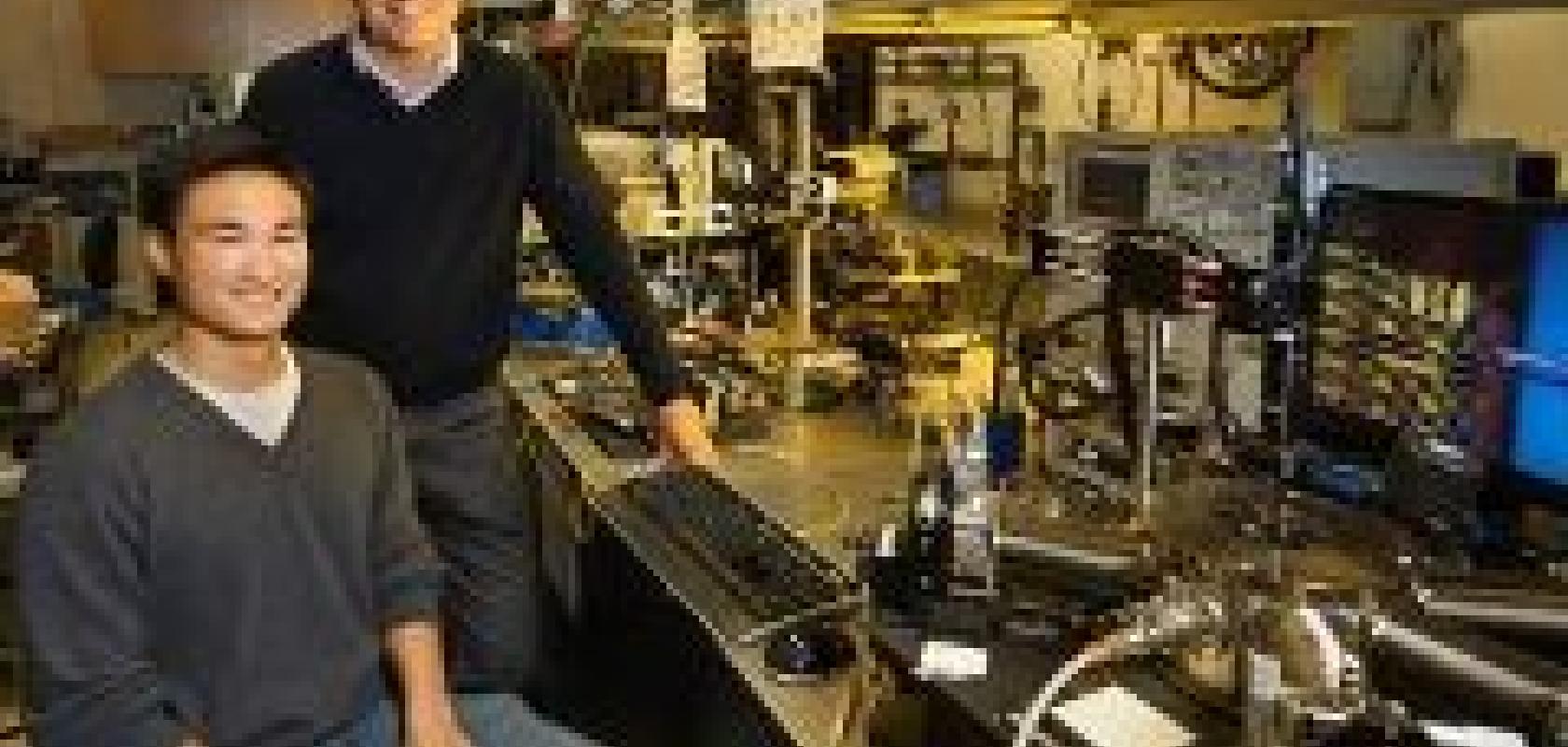A team of researchers from the University of California in the USA has demonstrated a novel quantum dot laser that not only is grown on silicon but that performs as well as similar lasers grown on their native substrates. The researchers, who will discuss their results at this year's OFC Conference in March in San Francisco, believe the work is an important step towards large-scale photonic integration in ultra low-cost platforms.
With the explosive growth of bandwidth demand in telecommunications networks, experts are continually seeking new ways to transmit increasingly large amounts of data in the quickest and cheapest ways possible. Photonic devices offer an energy-efficient alternative to traditional copper network links for information transmission. Unfortunately, these devices are also almost always prohibitively pricey.
One way to bring those costs down is to make photonics compatible with the existing silicon microelectronics industry. A promising way to do that is by growing ‘quantum dot’ lasers directly on silicon substrates, according to graduate student Alan Liu of the University of California at Santa Barbara (UCSB) and his colleagues, who include UCSB professors John Bowers and Arthur Gossard. Although such quantum dot lasers have been grown on silicon before, their performance has not equalled that of quantum dot lasers grown on their native substrates, which are platforms made of similar materials as the quantum dot lasers themselves.
Currently, so-called ‘quantum well’ lasers are used for data transmission. They consist of nanometre-thick layers of light-emitting material, representing the quantum well, sandwiched between other materials that serve to guide both the injected electrical current as well as the output light. A quantum dot laser is similar in design, but the sheets of quantum well materials are replaced with a high density of smaller dots, each a few nanometres high and tens of nanometres across. To put it in perspective, 50 billion of them would fit onto one side of a penny.
‘Quantum wells are continuous in two dimensions, so imperfections in one part of the well can affect the entire layer. Quantum dots, however, are independent of each other, and as such they are less sensitive to the crystal imperfections resulting from the growth of laser material on silicon,’ Liu said.
‘Because of this, we can grow these lasers on larger and cheaper silicon substrates,’ Liu added. ‘And because of their small size, they require less power to operate than quantum well lasers while outputting more light, so they would enable low-cost silicon photonics.’


